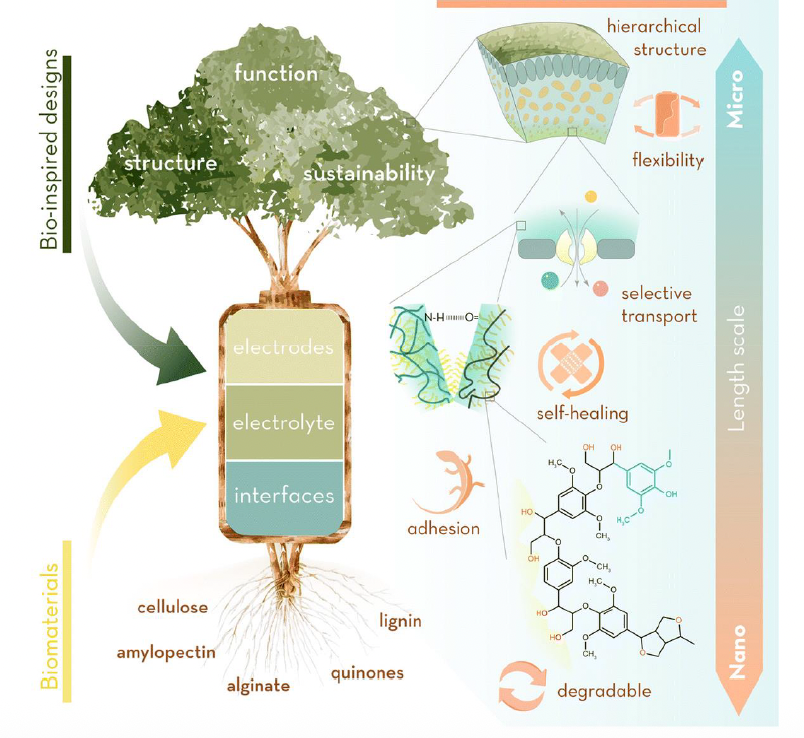
Three Large-Scale Energy Storage Technologies That May Hold the Keys to Unleashing an All-Out Renewable Energy Transition
Pumping and storing water from lower to higher elevations and then releasing it to drive turbine generators is one of the oldest, most efficient and widely used means of generating baseload electricity known. An Australian National University (ANU) research team found no less than 530,000 potential short-term, off-river pumped-hydro energy storage sites worldwide that could be used to support low-cost, renewable energy zones and power grids. “Pumped hydro accounts for 97 percent of energy storage worldwide, has a typical lifetime of 50 years and is the lowest cost large-scale energy-storage technology available,” pointed out Bin Lu, a project team member and PhD candidate at the ANU Research School of Electrical, Energy and Materials Engineering (RSEEME).
Another promising large-scale energy storage technology recently emerged in news reports, one that, akin to pumped hydro, is based on fundamental principles of Newtonian physics taught to undergraduate college students. About an hour’s drive south of Milan, Italy, Energy Vault intends to use cranes to lift 35-metric ton bricks from ground level to build a tower, then release the stored potential energy by lowering them again to drive turbine generators.
In a third instance, Highview Power is out to prove that its liquid air energy storage systems (LAES) can provide gigawatt-hours (GWh) worth of cheap, highly efficient energy storage for five-10 hours per day. “At giga-scale, energy storage resources paired with renewables are equivalent in performance to—and could replace—thermal and nuclear baseload in addition to supporting the electricity transmission and distribution systems while providing additional security of supply,” according to the company.













